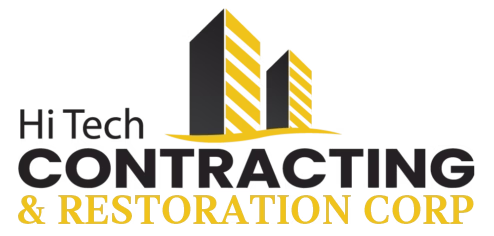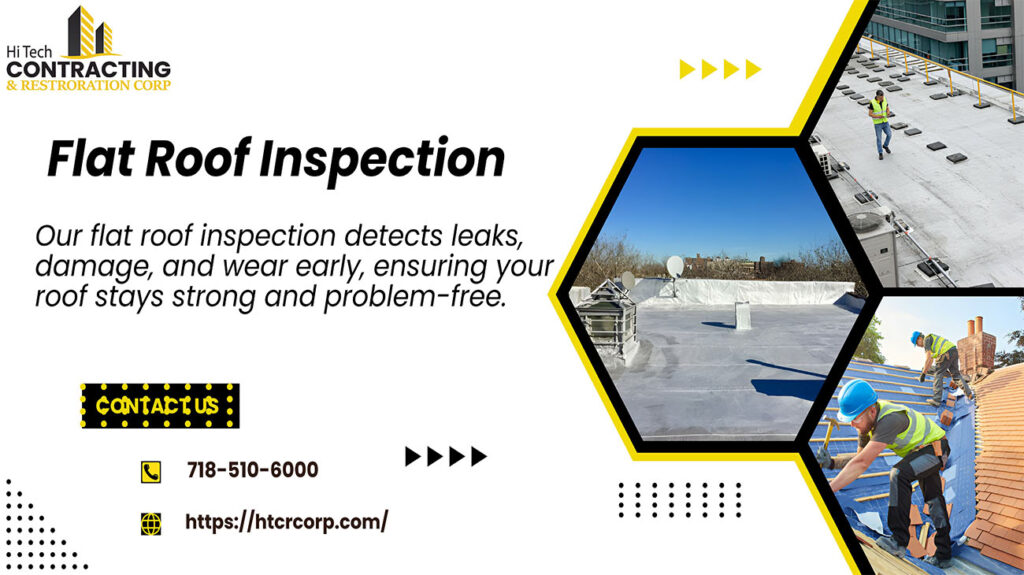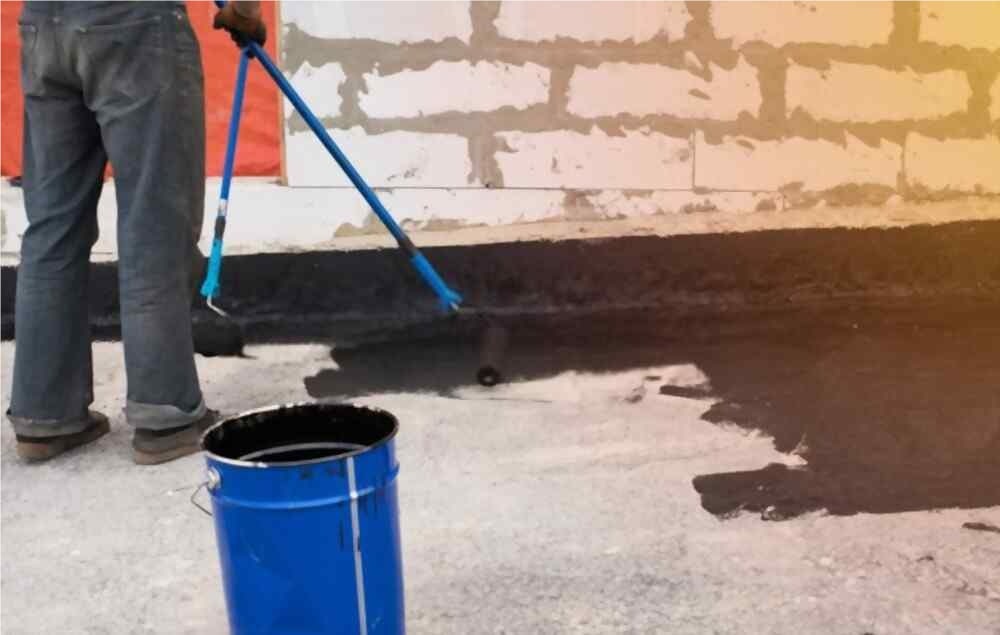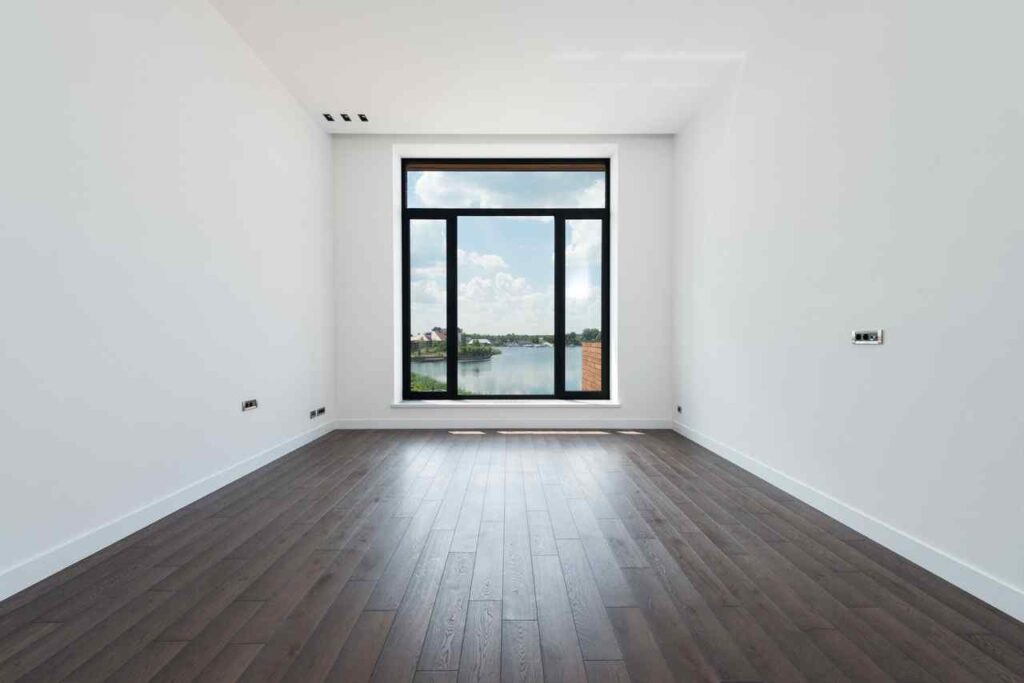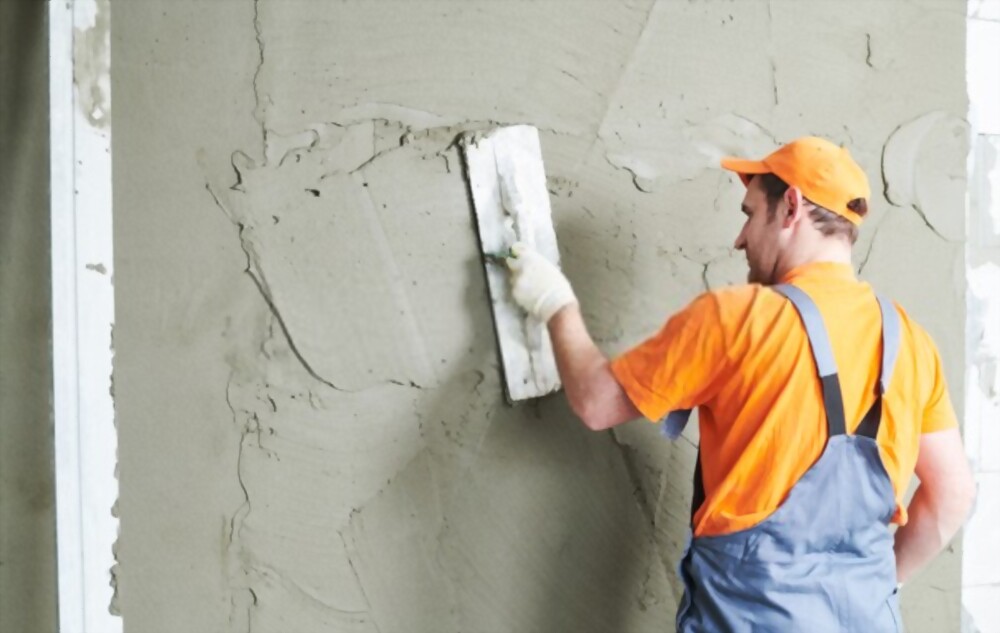Best Flat roof inspections are essential for maintaining roof health. Regularly check for cracks, blisters, and debris. Ensure drains are clear and look for signs of damage around flashing and roof penetrations. Addressing issues early prevents leaks and extends the roof’s lifespan, keeping your home safe and dry.
Best Flat Roof Inspections
Best Flat roof inspections are crucial for catching leaks and damage early. Check for cracks, debris, and clear drains. Regular checks keep your roof safe and in good shape.
Why Check Your Flat Roof?
Flat roofs need regular checks. They are different from sloped roofs. Debris and water can collect easily. This can lead to leaks. Regular Best Flat Roof Inspections help you catch problems early. Let’s learn how to check your flat roof.
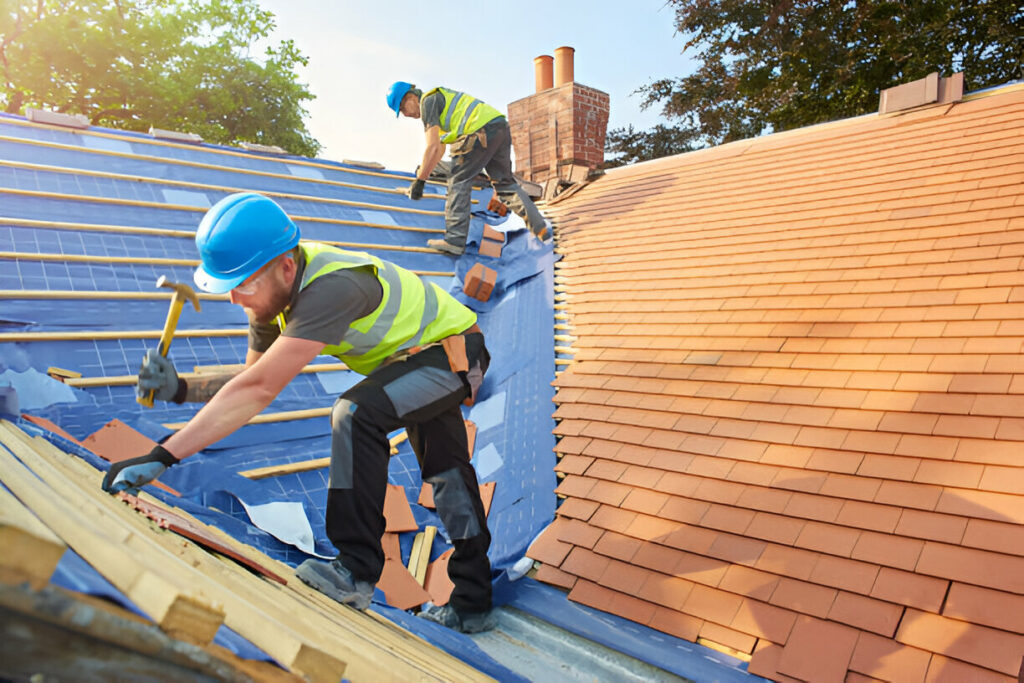

Step 1: Safety First
Before you start, stay safe. Don’t climb on the roof if it is too high. Use a ladder with a friend’s help. Always wear safety gear. This includes a helmet and non-slip shoes. Safety is key to successful Best Flat Roof Inspections.
Step 2: Inspect the Roof Surface
Look at the roof surface carefully. Check for cracks and blisters. These can form due to weather. Also, look for pooling water. It can damage the roof over time. Make sure the roof is even and intact.
Step 3: Clean the Roof
Remove any debris from the roof. Leaves and branches can clog drains. Use a broom or a rake. Clean around vents and drains. Keep the roof surface clear for a better inspection.
Step 4: Check the Drains
Inspect the roof drains. They should be clear and open. Clogged drains can cause water to pool. Use a drain snake if needed. Ensure that water flows freely through the drains.
Step 5: Look at the Flashing
Flashing is the metal around the roof edges. Check for rust or damage. Damaged flashing can lead to leaks. Replace or repair any faulty flashing. Proper flashing keeps water out.
Step 6: Inspect Roof Membrane
The roof membrane protects your roof. Check for tears or holes. Look for signs of wear. A well-maintained membrane prevents leaks. If you find damage, consider repairs.
Step 7: Check for Mold and Algae
Mold and algae can grow on flat roofs. They thrive in damp conditions. Look for dark spots or stains. These can indicate mold or algae. Clean these areas carefully to prevent growth.
Step 8: Test the Roof
Do a simple water test. Pour water on the roof and watch. See if it drains away quickly. If water pools, there might be a problem. Note where the water collects for further inspection.
Step 9: Inspect Roof Penetrations
Check any areas where pipes or vents enter the roof. Look for gaps or cracks. Seal any openings to prevent leaks. These are common spots for roof issues.
Step 10: Look for Structural Issues
Examine the roof structure. Check for sagging or uneven areas. This can be a sign of structural problems. If you notice anything unusual, it’s best to call a professional.

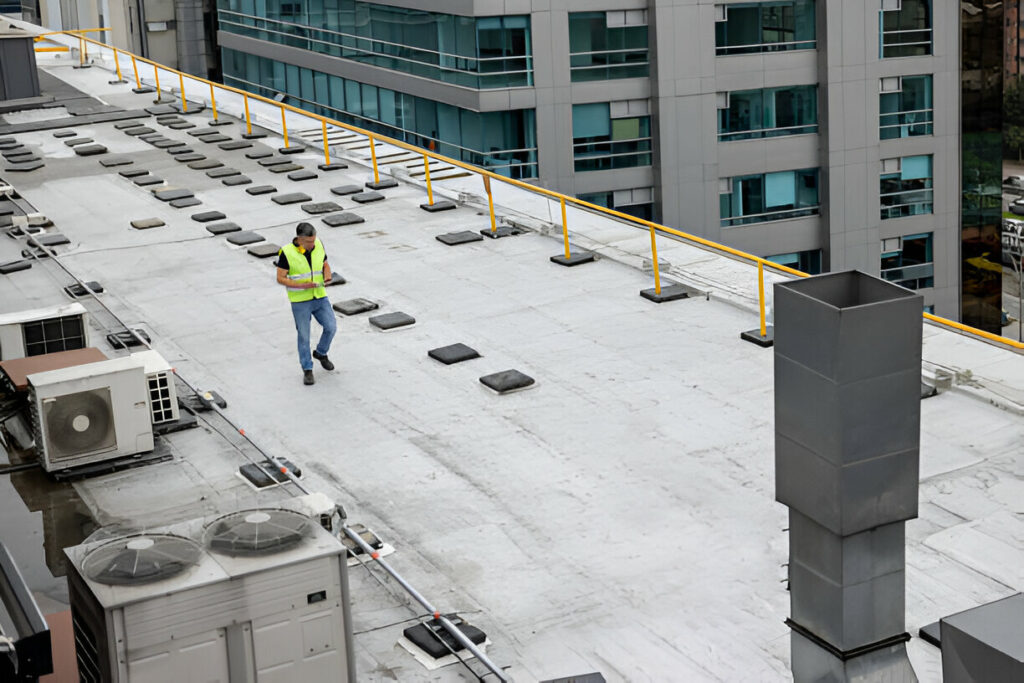
Step 11: Document Your Findings
Take notes during your inspection. Write down any issues you find. Use photos if possible. This will help you track changes over time. Documenting helps with planning repairs.
Step 12: Plan for Repairs
If you find problems, plan for repairs. Small issues can become big problems. Address repairs as soon as possible. This keeps your roof in good shape and prevents costly fixes.
Step 13: Seek Professional Help
For complex issues, get professional help. Roofing experts have experience and tools. They can address serious problems effectively. Don’t hesitate to call a roofer for help.
Step 14: Maintain Regular Inspections
Inspect your flat roof regularly. Aim for at least twice a year. After storms or heavy rains, check the roof. Regular Best Flat Roof Inspections keep your roof in good condition.
Conclusion
Checking your flat roof is important. Follow these easy steps for a thorough Best Flat Roof Inspections. Safety is crucial, so take care. Regular checks and maintenance will extend your roof’s life. Remember, a well-maintained roof protects your home.
Contact US:
For more tips and the Best Flat Roof Inspections, contact us at Hi Tech Contracting & Restoration Corp today at 718-510-6000. Let our experts help you keep your home safe from water damage. Stay connected with us on social media for the latest updates and advice:
Follow us for more insights and special offers!
